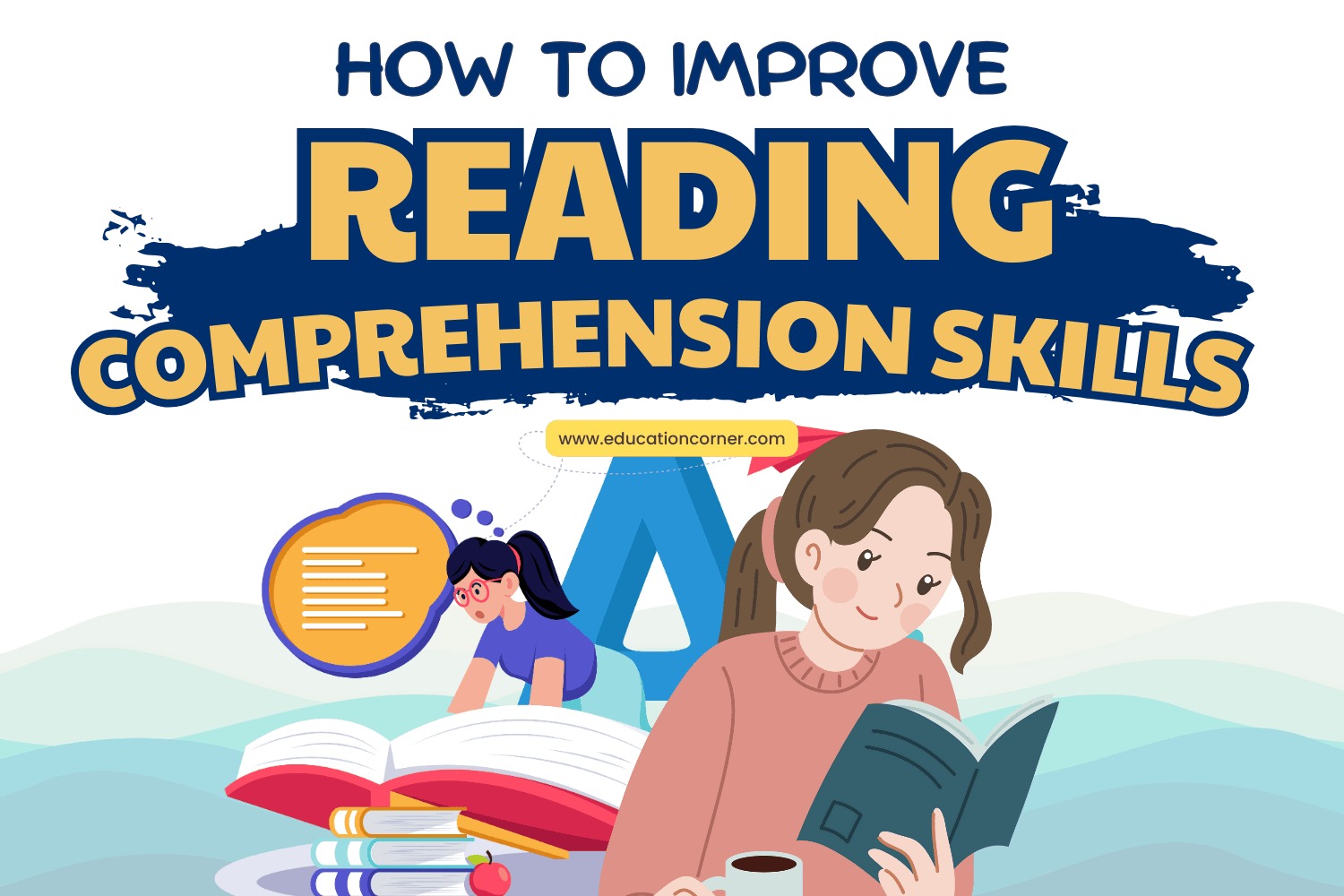Good reading comprehension comes only with practice. The basic aspects of reading, such as word recognition, phonetics and fluency, can be mastered in just a few years. However, throughout this process reading comprehension must be emphasized.
Students may be able to eloquently repeat the words that the see on a page all day, but without reading comprehension skills, they’re unable to fully understand the content, predict what will happen next, recognize characters, gain insight or understanding to build upon, or relate what they’re reading to their own life’s experience.
Sadly, classrooms across the United States have students who struggle with reading comprehension. They may be able to phonetically decipher words and sound them out, but that’s the extent of their ability to read.
They don’t know what the words actually mean. They don’t have the reading comprehension skills to fully grasp concepts, ideas and word phrases expressed in written text. Whether to gain understanding, develop a new skill, or for pure pleasure of reading, full comprehension of what you read is necessary. Reading comprehension is also imperative for a successful career and to excel academically.
Students frequently enter college without understanding how necessary good reading comprehension skills are for academic success. Those who grasp the information they read in textbooks earn better grades and experience far less stress than those who struggle to fully understand what they’re reading. The following tips will enhance your ability to understand complicated concepts detailed in textbooks and improve your reading comprehension.
Pre-reading survey
Before reading a text, complete a pre-reading survey for a brief summary of it. This will give you an idea of what to expect in the text, so your reading will be more productive.
The first thing you should do in a pre-reading survey is read the introduction and review the table of contents. Next, read section and chapter headings and text highlighted with bold print. Throughout the process, be sure to focus on general information, not specifics.
The following is a bullet list of specific things you should look over and/or read when performing a pre-reading survey of a textbook chapter.
- Chapter title and subtitles. – Reading the chapter title and subtitles will provide you with the overall topic of the chapter, and will provide your reading direction and focus.
- Focus questions at the beginning of each chapter. – Many (not all) textbooks include focus questions at the beginning of each chapter. Reviewing these questions before reading the text will help provide focus and indicate what to look for while reading the chapter.
- Chapter introductions and first paragraphs. – The first paragraph of a chapter usually provides an introduction to what the chapter will be about.
- Boldface subheadings. – Many sections will begin with boldface subheadings. Reviewing these subheadings before reading the chapter will provide you an idea of what major topics to focus on as you read each chapter section.
- First sentence of each paragraph. – The first sentence of a paragraph usually introduces the central thought of the paragraph. It tells you what the paragraph is about. However, in some texts, the first sentence is more of an attention getter. In this case, you’ll need to read the first and second sentence of each paragraph. This exercise alone will provide you a very good idea of what the entire chapter is about and the major themes to look for as you read.
- Visual aids – Look for any material that is presented in list form (ie., 1,2,3, lettered a,b,c, etc.). Bulleted list of information, pictures, diagrams, maps and pictures can all help you identify the most important points of the chapter.
- Last paragraph or chapter summary. – The last paragraph or summary provides a condensed explanation of what the chapter was about – including the most important takeaways.
- End-of-chapter material. – Sometimes textbooks will provide study questions, or other study materials, at the end of each chapter. If present, review these materials to get a better idea of the important ideas and concepts to look for as you read.
Define your purpose
Many texts contain information and details that are unrelated to the most important concepts and ideas. Identifying a purpose or objective when reading will keep you focused on what’s important. Defining your purpose ahead of time will also help you classify information that is relevant to the main concepts, as well as that which is nonessential, so you can maximize the time spent studying what’s most important.
Read the text
Now that you’ve completed your pre-reading survey and identified a purpose, it’s time to actually sit down and read the text. If you have a difficult time concentrating when you read, we recommend reading out loud. Many people comprehend material better if they read it out loud – especially if you’re an auditory learner.
Take notes or highlight important concepts
Writing something down is one of the most effective memory techniques. As you come across key concepts, facts and ideas, use a highlighter, write them down on a piece of paper, or make a note in the margin. This will help you remember what you’ve read and be able to quickly access important sections for future reference.
Post-reading review
After reading a text, take time to identify what you’ve learned and important takeaways. This will help you internalize what you’ve learned and help you retain it for future reference. Identifying what you’ve learned will also help you identify what you still do not fully comprehend, so you can spend more time reviewing unclear concepts.

